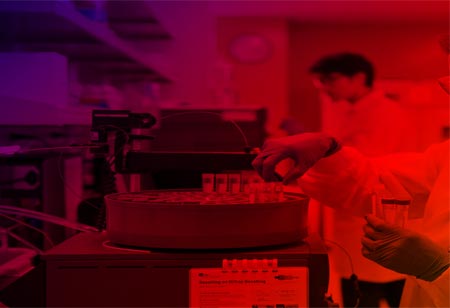With astute alignment to these transformative forces, chemical enterprises can fortify their footing for a robust and prosperous future.
FREMONT, CA: As one of the cornerstones of global commerce, the chemical industry boasts a remarkable market size of over $5 trillion, delivering a diverse array of vital products, from everyday plastics and fertilizers to life-saving pharmaceuticals and cleansing agents.
However, despite its impressive standing, the chemical industry encounters a spectrum of challenges that demand strategic adaptation for sustained relevance. Foremost among these challenges is the imperative of sustainability as the industry grapples with its significant role in climate change and pollution. In this pursuit, reimagining processes to minimize environmental impact is critical for maintaining competitiveness in the industry's future.
Simultaneously, the chemical industry confronts the paradigm shift of digital transformation. The integration of cutting-edge technologies, including artificial intelligence, the Internet of Things, and big data, is revolutionizing production and application methodologies, paving the way for those companies willing to embrace these innovations.
In the trajectory of the chemical industry's evolution, several defining trends are setting the stage:
1. Emphasis on Sustainability: Channeling investments toward sustainable technologies and products, focusing on developing bio-based chemicals from renewable resources, and pioneering plastic recycling and repurposing methods.
2. Adoption of Digitalization: Leveraging digital technologies to enhance efficiency and productivity, employing artificial intelligence for process optimization, and utilizing the Internet of Things for predictive maintenance and equipment monitoring.
3. Transition to Circular Economy: Steering towards a circular economy model where resources are maximally utilized, and waste is minimized, with initiatives ranging from recycling plastics into new products to utilizing captured carbon dioxide emissions for chemical production.
These trends not only present novel opportunities for growth but also underscore the necessity for industry players to recalibrate their strategies to thrive amidst evolving market dynamics. Companies capable of developing pioneering sustainable products are poised to tap into burgeoning markets and amplify their profitability. Similarly, integrating digital advancements can elevate operational efficiency, securing a distinct competitive edge.
Furthermore, several overarching factors are set to leave an indelible mark on the trajectory of the chemical industry:
1. Surging Demand in Emerging Markets: Anticipated rapid growth in chemical demand across burgeoning markets such as China and India, fueled by escalating population figures and burgeoning incomes.
2. Innovation Drive through New Technologies: Seizing opportunities presented by groundbreaking technologies like 3D printing and additive manufacturing, spurring the development of novel chemical materials tailored for 3D printing applications.
3. Shift in Consumer Preferences: Responding to the shift in consumer consciousness, which leans toward environmentally sustainable chemical products, signaling the need for a proactive approach to meet the escalating demand for eco-friendly solutions.
With astute alignment to these transformative forces, chemical enterprises can fortify their footing for a robust and prosperous future. By investing in sustainable practices, embracing digital transformation, and encompassing the principles of the circular economy, these companies can chart a trajectory of sustainable growth and resilience, fostering their relevance for years to come.

